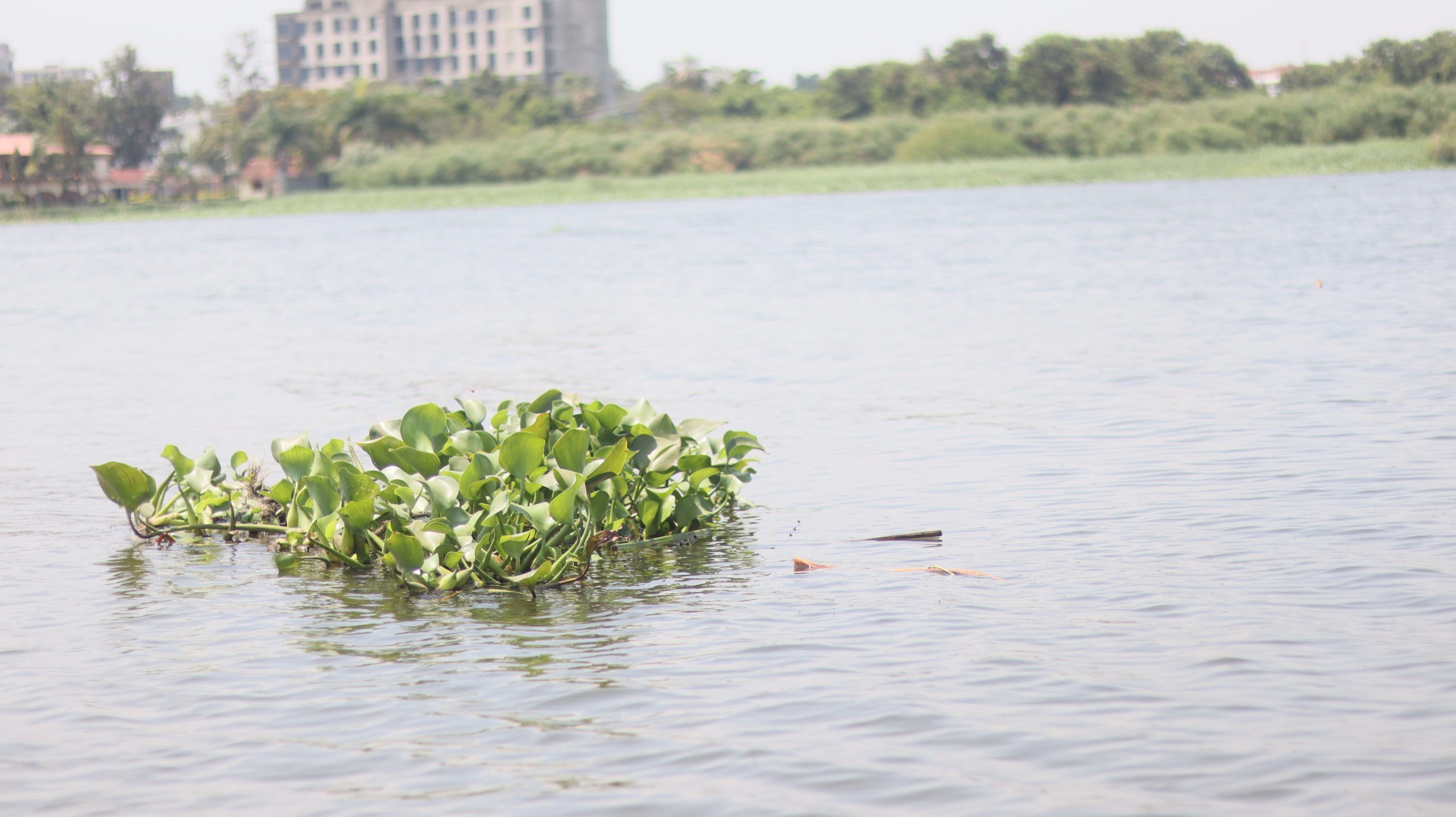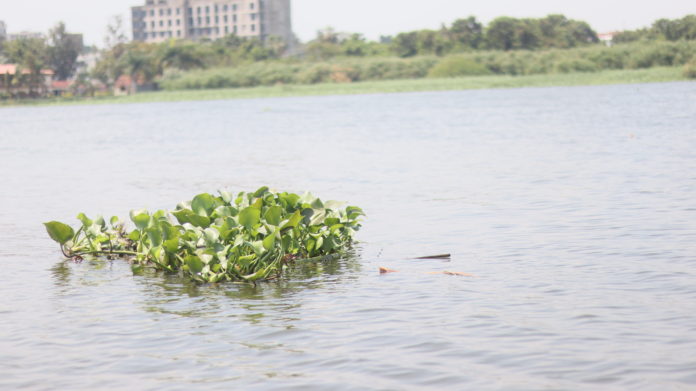Omboki Monayo
Nairobi, Kenya: For the 12 days between November 7 to 18, 2022, an estimated 15,000 visitors will congregate and mingle in the picturesque metropolis of Sharm el Sheikh in Egypt.
They will be among the invited guests arriving in the city for the twenty-seventh Conference of Parties (COP27).
Experts, activists, and representatives from various government and non-state scientific as well as environmental organizations will congregate to discuss what can be done to stop the global temperature increase between 1.5 degrees and 2 degrees Celsius.
According to the Intergovernmental Panel on Climate Change (IPCC) special report, higher temperatures will negatively affect increasingly larger cross-sections of life on the globe, with different effects on the various ecosystem and species.
“At 1.5-degree warming, At 1.5 degrees Celsius warming, the geographic ranges of many marine species will shift to higher latitudes, new ecosystems will appear, and there will be more damage to marine ecosystems.
“At 2 degrees Celsius warming, Fisheries, and aquaculture will be less productive,’ writes Alan Buis in a report entitled “A degree of concern: Why global temperatures matter,” published on the global climate change website of the National Aeronautics and Space Administration (NASA).
The window for climate action to reduce global warming and avoid the critical 2-degree temperature increase is rapidly closing. This is why the global family of nations is meeting in Egypt, which takes over the presidency of COP for the next year.

Some of the issues set for discussion at the global forum include biodiversity, energy, water and sanitation, governance, and irrigation. Also on the table will be the ecosystem approach, gender, sustainable development, agriculture, and food security.
COP27 will also be looking at forests, land, poverty eradication, human rights and indigenous peoples, disasters and humanitarian relief, science, economics and investments, stakeholder participation, climate change, adaptation, and mitigation.
While most of the delegates will jet into the scenic venue aboard a fast commercial flight, an equally captivating journey is also in the offing.
Plans for a 2,000-person strong march by African climate justice advocates to Sharm el Sheikh are underway.
“We are planning to march to Sharm El Sheikh, starting from several countries including Kenya, the Democratic Republic of Congo (DRC), Tanzania, and Uganda,” Benedict Adero of Kisumu Environmental Champions (KEC) says.
The march aims to create awareness of the negative impact of climate change and biodiversity loss on various communities in the African continent.
He says that not all the 2,000 marchers will go to Sharm El Sheikh, as it will be a sequential affair that will be done in turns by several sub-groups in the contingent.
Mr. Adero says the continent has long been ignored or given a backseat in efforts to discuss and chart the way forward in mitigating climate change.
“Africa has not been given the space and resources it deserves in the increasingly important process of climate change mitigation. Yet it continues to bear the brunt of the challenge posed by climate change,” Mr. Adero said.
As part of the grand environmental trek, the KEC will be collecting the views and wishes of the indigenous communities that live along the route to Sharm El Sheikh.
“We are collecting the views and wishes of the communities that live in areas that lie within our route. This is to ensure that COP27 is not just a collection of experts and elites that will discuss the best ways to mitigate climate change, but an inclusive gathering that will allow all the affected people’s voices to be heard for better decision making,” said Mr. Adero.
Depending on their location and route, the marchers will use various methods of transport including boats and cycles.
“We are still in talks with the coordinators across the participating countries on the routes and protocols to follow,” he told Sayansi magazine.
He says that the mission of marching across the DRC is so far proving to be a delicate prospect due to the current insecurity being experienced in parts of the country.
“We would want our other partners to march in the DRC but are concerned about the safety of participants,” Mr. Adero said in Kisumu on July 12, 2022.
He was addressing a told a team of journalists who are also members of the Media for Environment, Science, Health, and Agriculture (MESHA). The press team was on a biodiversity fact-finding tour of Lake Victoria’s Kisumu County shoreline.
The conservationist and activist, who also serves as the chairperson of the Kajulu Forest Association, says the group has been active in environmental conservation activities in the county.
Among the activities so far carried out is the planting of trees in Kajulu Forest as well as the distribution of fruit and fuelwood trees.
“We have planted 100,000 trees in Kajulu Forest as part of our efforts to boost reforestation efforts. As a way to boost the well-being of communities around the wetlands, the organization also distributed 200,000 tree seedlings to the local communities living there,” said the environmental conservation activist.
“Most of the seedlings we gave out were fruit trees, while a few were trees for fuel wood,” added Mr. Adero.
KEC has also launched an online campaign to clean up Lake Victoria dubbed “Let Lake Victoria Breathe Again”.
During a clean-up exercise carried out on July 2, 2022, the environmental lobby joined other partners including the Kenya Marine Fisheries Research Institute, the Dunga Ecotourism Team (DECTA), the National Environmental Management Authority (NEMA), and the Dunga Beach Management Unit (BMU) in collecting all the plastic waste that could be spotted in the lake and on the beach.
“We collected 199 kg of plastic, 26 kg of metal which was in the form of cans, as well as 34.5 kg of other wastes,” said Mr. Adero.
Among the waste collected was a number of bottles used to store antiretroviral medication for people living with HIV.
Apart from discouraging people from dumping plastic in the lake, Mr. Adero sees an opportunity in that type of waste, which can be recycled.
“I am seeing the possibility of a fruitful collaboration involving KEC, the Ministry of Health, and the manufacturers of the drugs. We can forward the bottles to the ministry which can then return them to the manufacturers to use in packing fresh doses for those who need them,” he says.
He believes the measure will result in less use of plastic in packaging the drugs.
“We should encourage individuals with such containers to drop them off discreetly at some designated points and then return them to the health authorities for transportation to the pharmaceutical manufacturers who will reuse them,” Mr. Adero tells Talk Africa.














